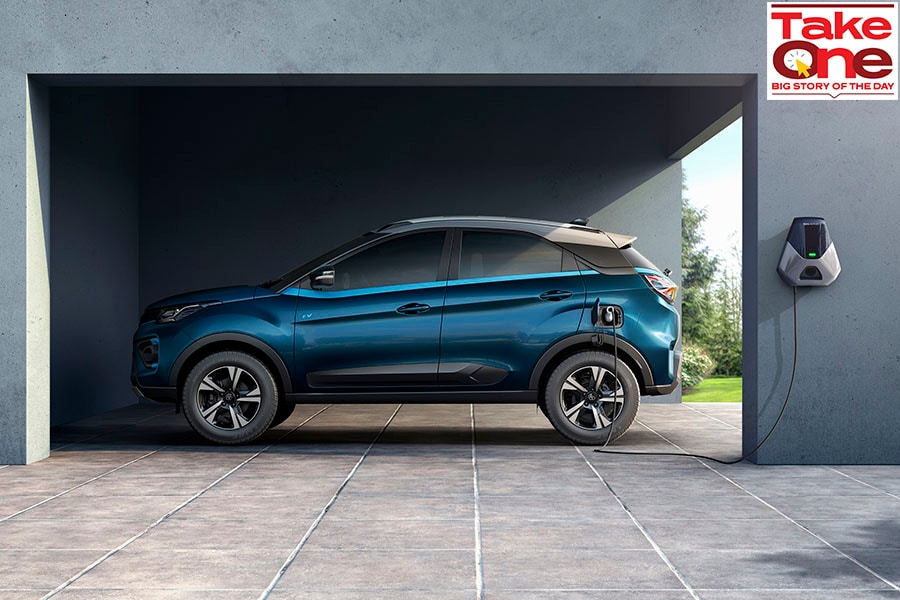
The Nexon was planned as Tata Motors' in-between car. Now it's driving the automaker's resurgence
Packed with features and the highest safety standards, the ICE and electric variants of the Nexon have been gamechangers, making Tata Motors India's third-largest automaker
 Tata launched the Nexon EV Max boasting an ARAI range of 437 km, almost 120 km more than the electric Nexon currently on sale.
Tata launched the Nexon EV Max boasting an ARAI range of 437 km, almost 120 km more than the electric Nexon currently on sale.
In the beginning, it was intended to be a bridge product, a relatively short-lived wonder, that could raise eyebrows and bring customers to the showrooms when the chips were down.
Back then, the Mumbai-headquartered Tata Motors was undergoing a transition, lining up new vehicles under its new platform architecture to win back private car owners who had deserted the automaker after many years as a fleet operator, amidst dwindling market share. Two new platforms, upon which the company’s popular Altroz and Harrier were later built, were still in the works, which meant the bridge product had to be based on the old and new architecture.
“There was a period when we had to bring bridge products to bring excitement among personal consumers, and the backbone of that became impact design and safety,” Shailesh Chandra, the president of Tata Motors Passenger vehicles, had told Forbes India earlier.
Thus was born the Tata Nexon, the popular crossover SUV, that has since built up a steely reputation for its safety features, affordability, road presence, and performance. When introduced, the Nexon became the country’s first made-in-India, sold-in-India model to register a five-star rating from Global NCAP. Since then, the vehicle, offered in as many as 69 variants, has sold over 500,000 units, helped largely by a robust supply chain.
“The bridge products were the Tiago, Tigor, and Nexon of which the Nexon was in-between the old and new architecture, and that helped us come back strongly. But even that was only to a limited extent,” Chandra adds. The Nexon, with its unique crossover design, albeit a polarising one, was unlike any vehicle from the automaker before, known for iconic models such as Indica, Safari, and Sumo, among others.








